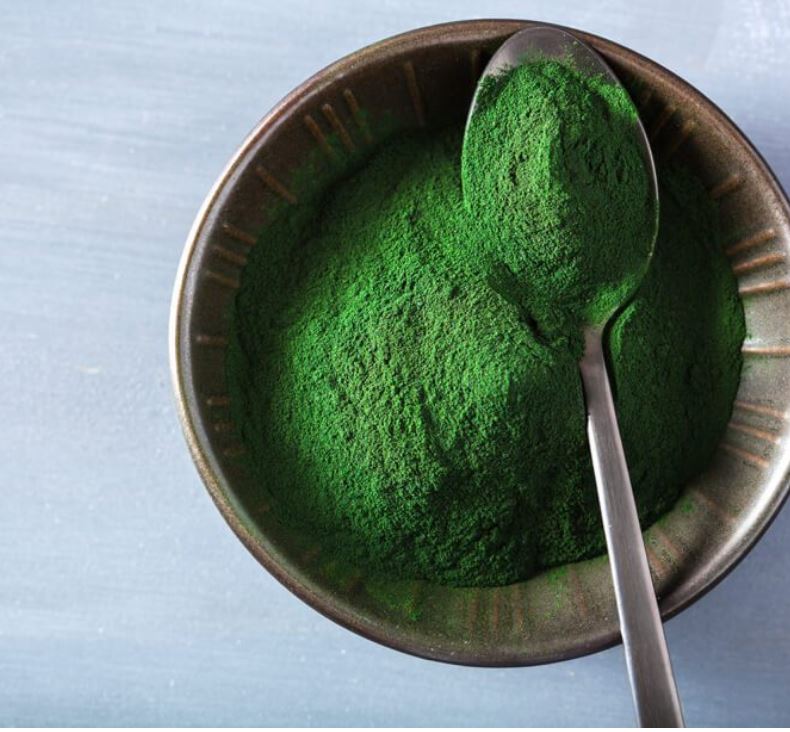
Spirulina is a microscopic blue-green alga that grows naturally in freshwater. It is a cyanobacteria more than 3 billion years old and once used by the Mayans as a vital food. It is rich in proteins, iron, and amino acids. Spirulina contributes to the tone and natural defenses of our body.
The history of spirulina
Spirulina, or blue algae, is not entirely animal, nor entirely plant-based. Indeed, it is a cyanobacteria, a family of bacteria capable of photosynthesis: using sunlight and its pigments, phycocyanins (a component of spirulina) create oxygen.
Appearing more than 3.5 billion years ago, it was one of the first forms of life on Earth. There are nearly 1,500 species of blue-green algae, including 36 species that are edible.
Its name spirulina comes from the Latin “spira“ which means winding due to its spiral shape. The best known is spirulina platensis which lives naturally in the warm alkaline waters of Chad and Mexico, the cultivation of which then spread.
The Mayans used it as a food in its own right, while the Aztecs mixed it with corn to make a kind of bread. The Incas, for their part, bathed in Lake Huacachina, rich in spirulina, to treat various ailments.
Its composition
Spirulina contains a wealth of valuable nutrients:
- It concentrates between 40% and 70% protein, which makes it the food with the highest protein content known to date. In addition, spirulina contains the 8 essential amino acids for our body.
- It contains phycocyanins, a pigment that gives this blue-green color to spirulina. Phycocyanins have the particularity of being the only pigments rich in antioxidants (provitamin A and vitamin E).
- Is 40 times richer in iron than spinach (500 mg of spirulina = 1 mg of iron).
- It contains gamma-linolenic acid, an unsaturated fatty acid from the omega-6 family.
- Is rich in minerals and trace elements (calcium, phosphorus, magnesium, zinc, copper, and selenium) as well as vitamins B3, B9, and B12.
The benefits of spirulina
The properties of spirulina are based on the richness of its composition, both quantitative and qualitative. This makes it a superfood perfectly balanced with elements essential to the proper functioning of the body:
How to choose your spirulina?
Quality spirulina is characterized by its matte dark green color, it must be without added preservatives, gluten-free, and ideally organic. It is consumed in powder form after having been dried, diluted in water, or a food such as yogurt. However, its taste is not appreciated by everyone, so capsules will be a good alternative.

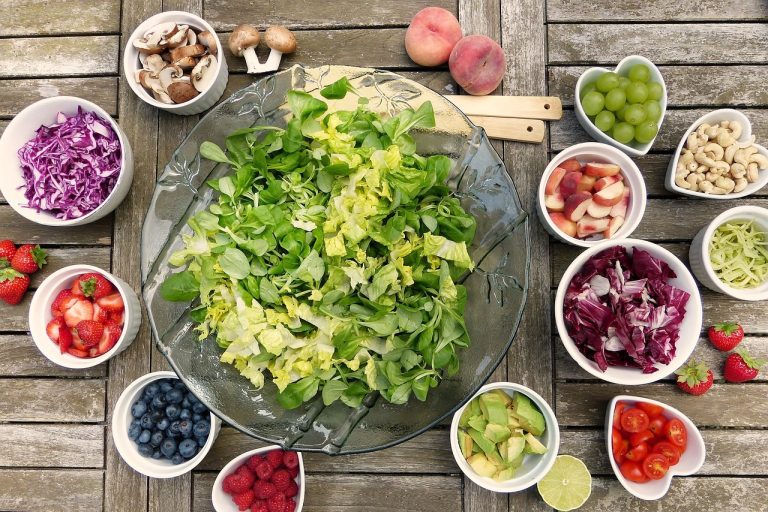
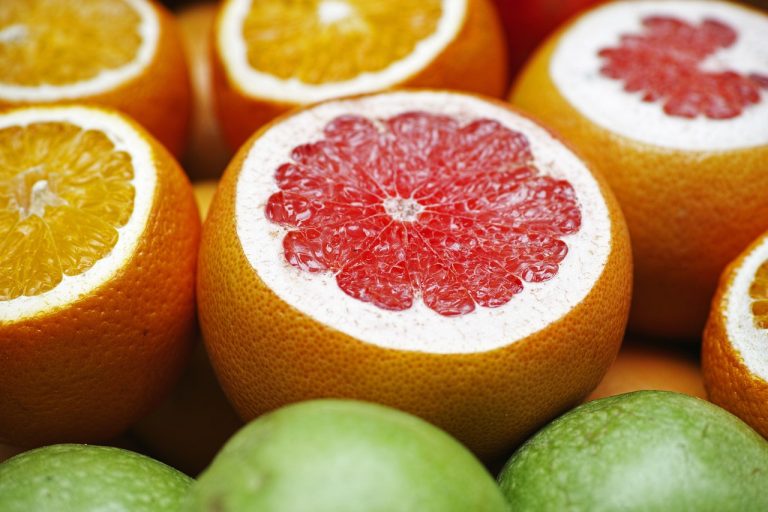
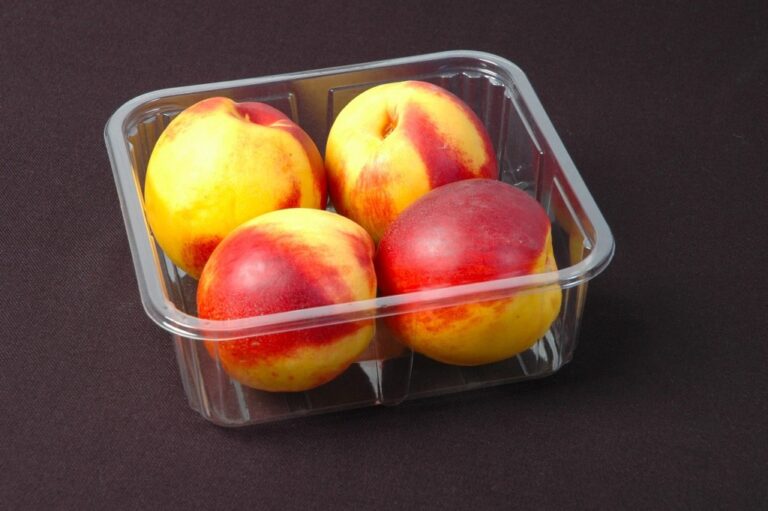


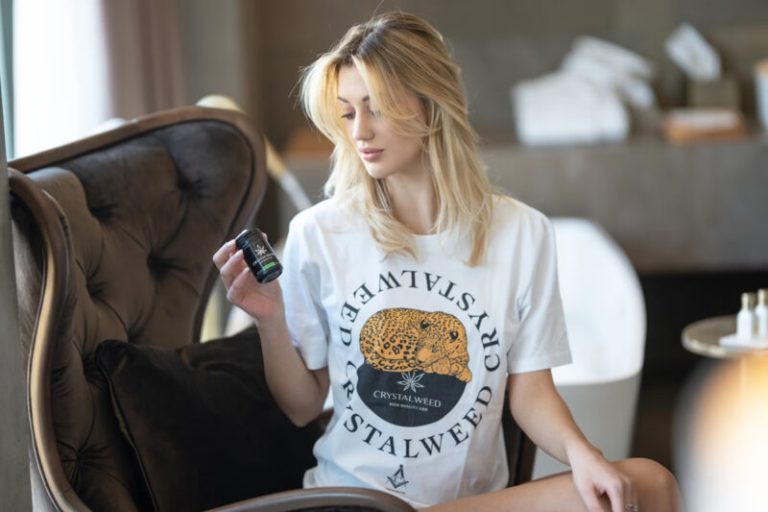

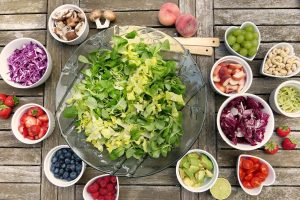



+ There are no comments
Add yours